Sound: 









Value: 









(Read about our ratings)
 You’ve got to give FiiO credit—the FT1 headphones look high end. With their wood earcups, soft leathery earpads, and brushed metal frame, they look like they could cost several hundred dollars. To be honest, they look better than some actually expensive headphones I’ve reviewed. Impressively, they aren’t. Expensive that is. Prices vary, but the FT1s were selling for around US$165, CA$229, £139, and €169 in early September. Given how great they look, that’s impressively inexpensive. I bought the FT1s, since FiiO is one of the only audio companies that has never returned any of the emails I’ve sent over the last decade. Was it something I said? Probably.
You’ve got to give FiiO credit—the FT1 headphones look high end. With their wood earcups, soft leathery earpads, and brushed metal frame, they look like they could cost several hundred dollars. To be honest, they look better than some actually expensive headphones I’ve reviewed. Impressively, they aren’t. Expensive that is. Prices vary, but the FT1s were selling for around US$165, CA$229, £139, and €169 in early September. Given how great they look, that’s impressively inexpensive. I bought the FT1s, since FiiO is one of the only audio companies that has never returned any of the emails I’ve sent over the last decade. Was it something I said? Probably.
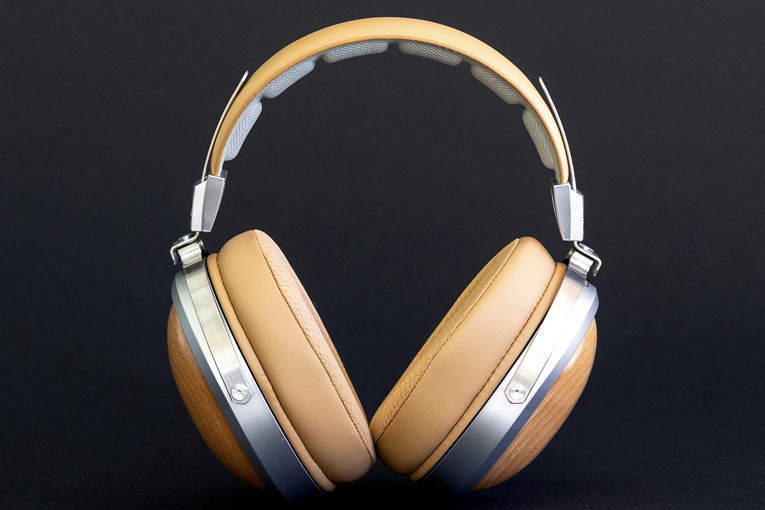
My FT1s have lovely beech earcups, but they’re also available in a darker black walnut. Inside those earcups are big 60mm dynamic drivers. A “conical baffle plate” is said to break up standing waves inside the earcup. They even have removable cables. Now, if they also sound good, what a bargain they’ll be. You had to scroll past the ratings to read this far, so I guess that cliffhanger is already spoiled.
In the box
With the FT1s, you get a lovely hardshell case that has a black and coppery texture. You also get two sets of cables, one ending in a balanced 4.4mm Pentaconn connector, the other a standard unbalanced 3.5mm connector. For the latter, there’s also a 6.35mm (¼″) adapter. Both cables are roughly 1.5m, braided, and feel quite premium.
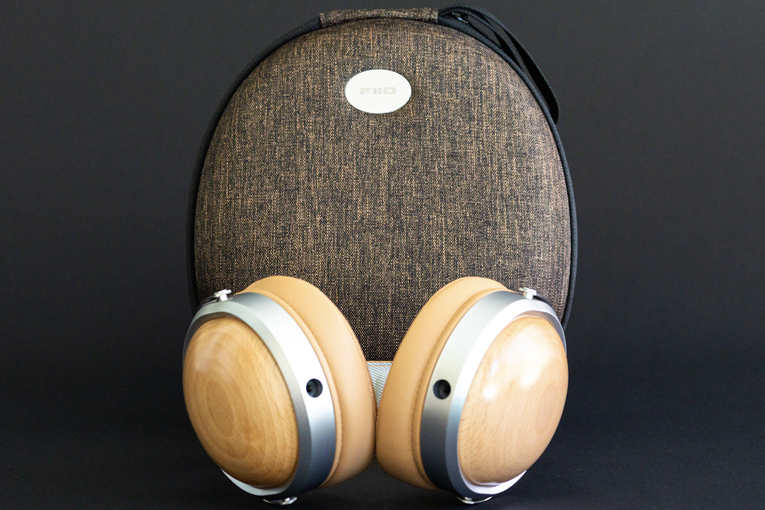
Use
From the soft earcup and headband padding to the relatively light weight (340g) and adjustable frame, the FT1s are among the most comfortable headphones I’ve tried. While there are lighter over-ear options, 340g is the same as the HiFiMan Sundara headphones I listen to for hours every day while working.
Sound
The overall sound of the FT1s is very well balanced, leaning a bit toward warm. The bass doesn’t quite have the definition of some headphones, but overall, they sound better than their price suggests.
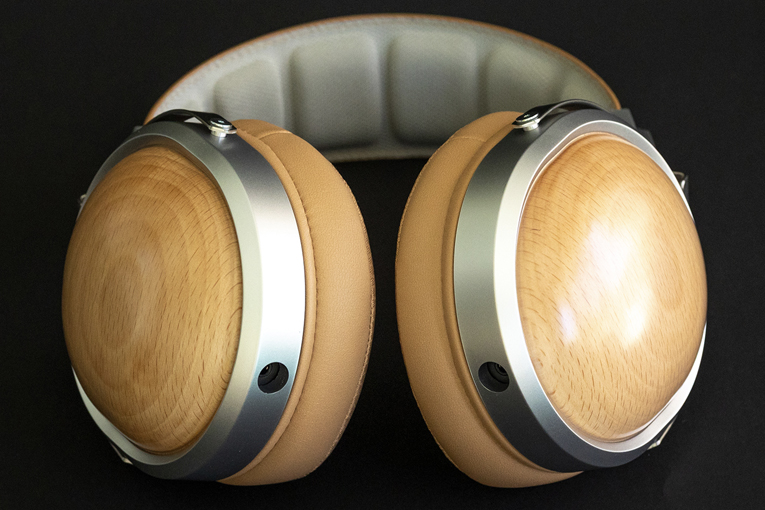
I started with Wet Leg’s “Mangetout” from their new album, Moisturizer (24-bit/96kHz FLAC, Domino Recording Co. / Qobuz). Check out their Tiny Desk concert if you haven’t seen it. They’re a vibe. “Mangetout” is a bluesy rocker. Through the FT1s, there was ample kick drum and bass, but not too much. Rhian Teasdale’s voice remained well balanced against the guitars and percussion. The snare and cymbals had snap but never intruded on the sound.
Amy Macdonald’s “Can You Hear Me?” (Is This What You’ve Been Waiting For?, 24/48 FLAC, Infectious Music / Qobuz) is a sort of disco-flavored track with big vocals, guitars, and synths. The soundstage of the FT1s is fairly narrow, barely sounding wider than the headphones themselves. I’ve heard other closed-back headphones with a broader soundstage. Macdonald’s voice was dead center, however, and despite all that’s going on in this song, it never got muddled through the FT1s.
With “La Luna,” a binaural track from Ottmar Liebert (Up Close, 16/44.1 FLAC, Spiral Subwave / Qobuz), the FT1s’ constrained soundstage kept this track from delivering the expansive experience I’ve had with other ’phones. The strums, percussion, and claps didn’t have the immediacy of, say, a pair of planar-magnetic headphones, but they still had decent attack.
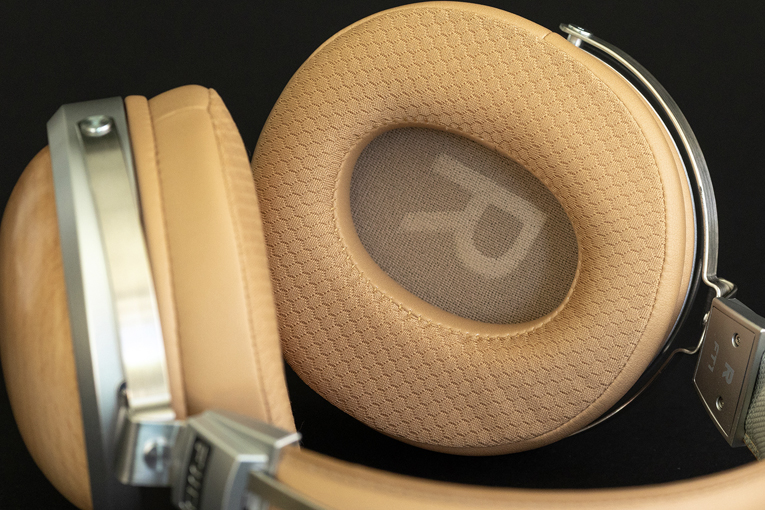
The FT1s are pretty easy to drive. My Schiit Audio Magni headphone amp barely broke a sweat, needing far less twist on the volume dial than the Sundaras that are normally connected. I was even able to get a decent volume using my Sony NW-A306 media player, perhaps slightly above what you should be listening to for any length of time.
Comparison
The closest headphones I had on hand to compare to the FT1s were the Austrian Audio Hi‑X20s. These are intended more for studio use, which I think gives a good counterpoint to the FT1s. They’re also closed-back and roughly the same price.
The Hi‑X20s had a slightly broader soundstage with “La Luna.” With Charly Bliss’s “Calling You Out” (Forever, 24/44.1 FLAC, Lucky Number / Qobuz), the warmer sound of the FT1s gave this electro-pop track more grunt. The more analytical sound of the Hi‑X20s highlighted the higher ranges of Hendricks’s voice.
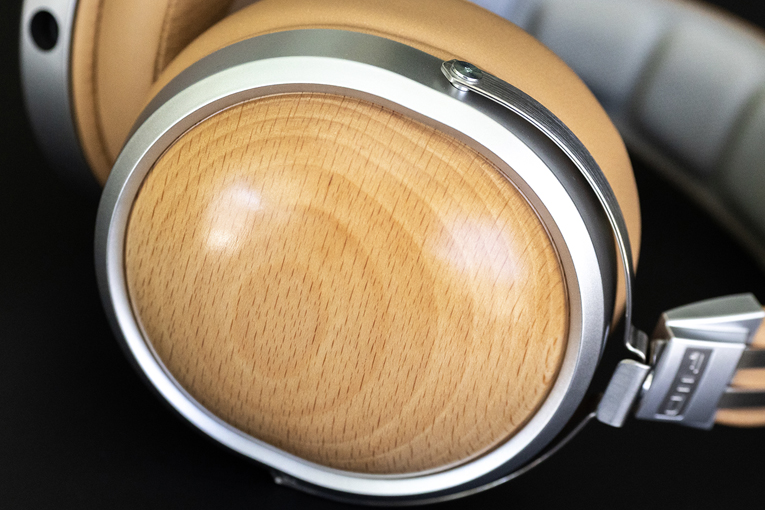
Perhaps giving the Hi‑X20s a bit of homefield advantage, I played the Vienna Philharmonic Orchestra’s performance of the second movement, Air, from J.S. Bach’s Orchestral Suite No. 3 in D major from Sommernachtskonzert 2025 (24/96 FLAC, Sony Classical / Qobuz), or “Air on the G String,” as it’s popularly known. The Hi-X20s did well with the violins and violas, but less so with the double bass. The FT1s didn’t have as much upper-midrange / lower-treble sparkle as the Hi‑X20s, but they sounded more balanced overall, with better deep bass. They were also more fun to listen to, and despite weighing nearly 50 percent more, their soft clamping force, larger earcups, and extensive padding made them just as comfortable, if not more so.
Conclusion
Well, these are a win. FiiO’s FT1s look great, sound great, and are relatively inexpensive. They err a little on the warm side, and the bass is a little thumpy, but these are nitpicks. These sound lovely for headphones costing well under $200, which makes them an absolute bargain.
. . . Geoffrey Morrison
Associated Equipment
- PC: iBuyPower Windows 10
- DAC/headphone amplifier: Schiit Audio Magni
- Portable media player: Sony NW-A306
FiiO FT1 headphones
Price: US$165, CA$229, €169, £139
Warranty: One year
Guangzhou FIIO Electronics Technology Co., Ltd.
No.21 Longliang Road, Xialiang Village
Guangzhou City, China, 510540
Email:
Website: www.fiio.com





